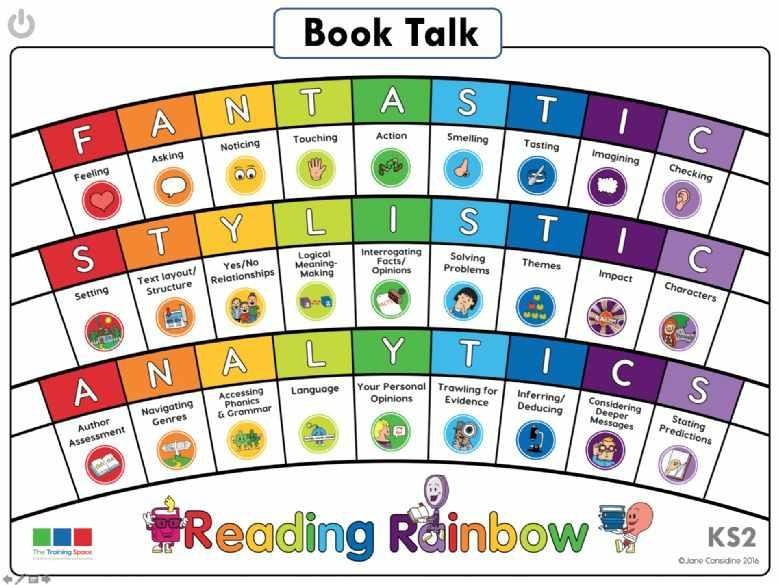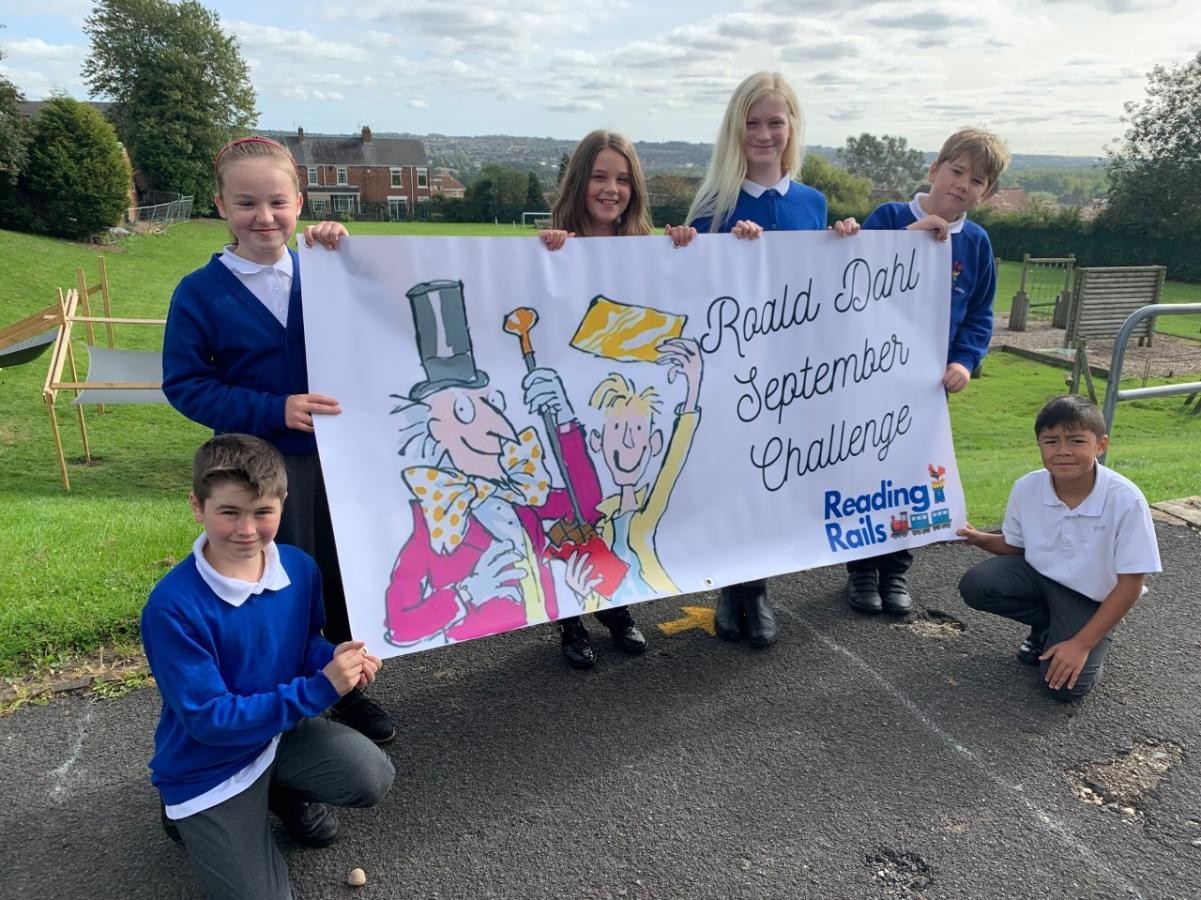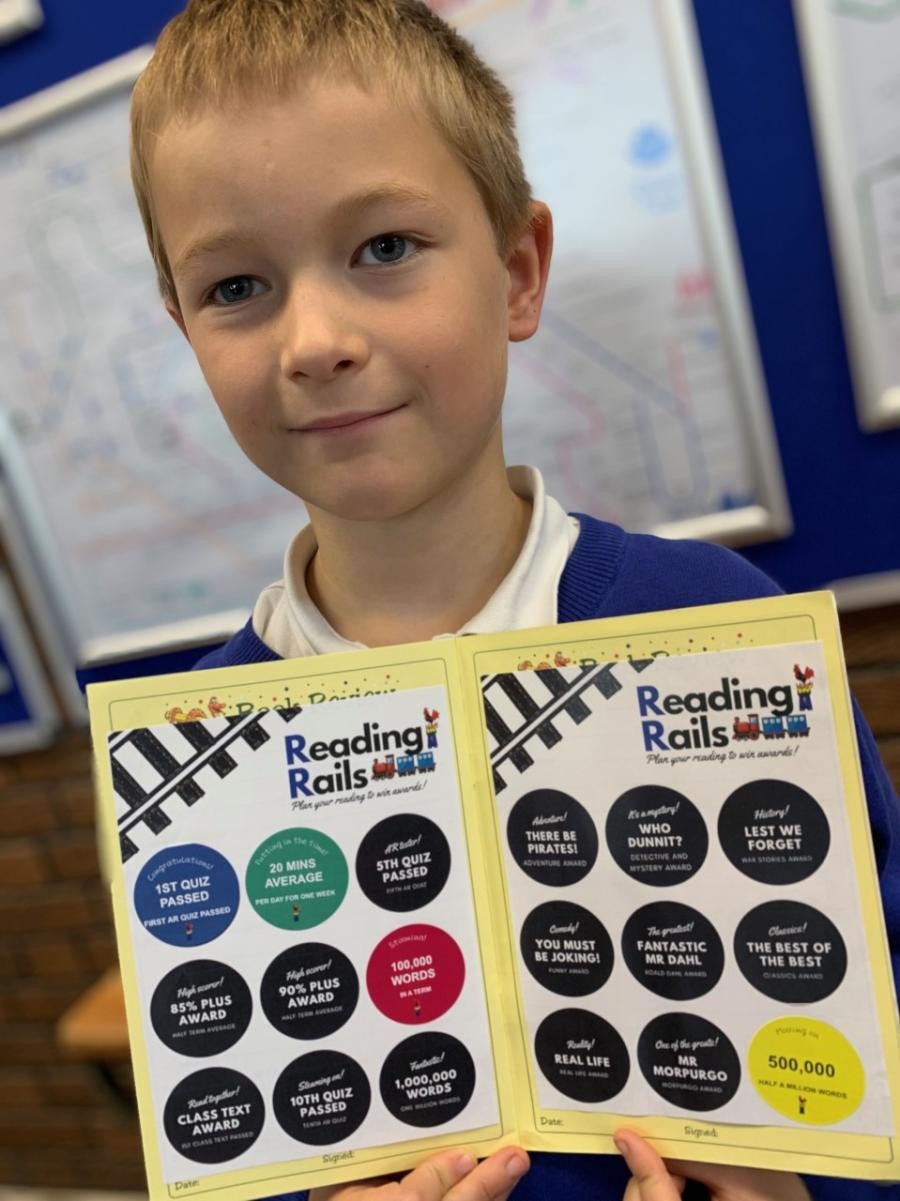Once children are confident readers, they progress onto ‘reading to learn’. This is done through focussed guided reading and comprehension sessions.
Teaching of Reading
Share this page
Once children are confident readers, they progress onto ‘reading to learn’. This is done through focussed guided reading and comprehension sessions.
Children in Year 1 throughout the country take part in a phonics screening check in June. Children in Year 2 will also take the check if they did not achieve the required result when in Year 1, or they have not taken the test before.
The phonics screening check is designed to confirm whether individual children have learnt sufficient phonic decoding and blending skills to an appropriate standard.
What happens during the test?
The test contains 40 words. The list of words the children read is a combination of 20 real words and 20 Alien words (nonsense words). Each child will sit one to one with a teacher and read each word aloud. The test will take approximately 10 minutes, although children are all different and will complete the check at their own pace.
For more information: https://home.oxfordowl.co.uk/at-school/primary-school-assessment-tests/year-1-phonics-screening-check/
As a school we have adopted ‘Book Talk’ by Jane Considine. It is a systematic way to teach reading comprehension from Year 1 upwards.
- Each Book Talk session is layered with open-ended whole class questions to tackle the three layers of the reading rainbow.
- This approach to teaching comprehension provides consistency across our school for the children as well as enabling deeper reading questions to be discussed and modelled.
- The key element of this approach is to develop children’s vocabulary when talking about texts.



